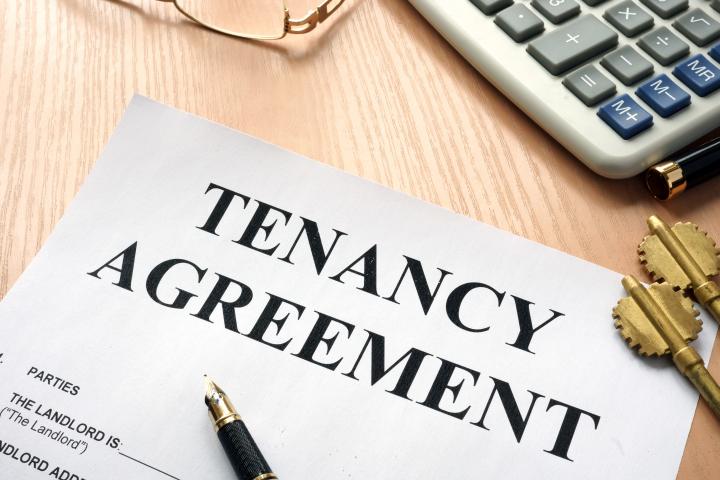
Responsibility for Disrepair
Any disrepair in the tenant’s property is the responsibility of the landlord to put right.
There is a difference between Disrepair and Improvement and the following details the important differences.
Disrepair
Legally disrepair is defined as damage to a property that needs to be put right. Any repair must correct the disrepair and make good, and damage caused by the disrepair. The tenancy agreement may contain a clause stating that any repairs will be made within a reasonable time following notification of the disrepair.
Examples of Disrepair:
Improvement
Any work which improves the appearance, quality and value of a property is defined as an improvement. The landlord is not required to improve the property unless an Improvement Notice has been served.